Love at 99
July 11, 2014
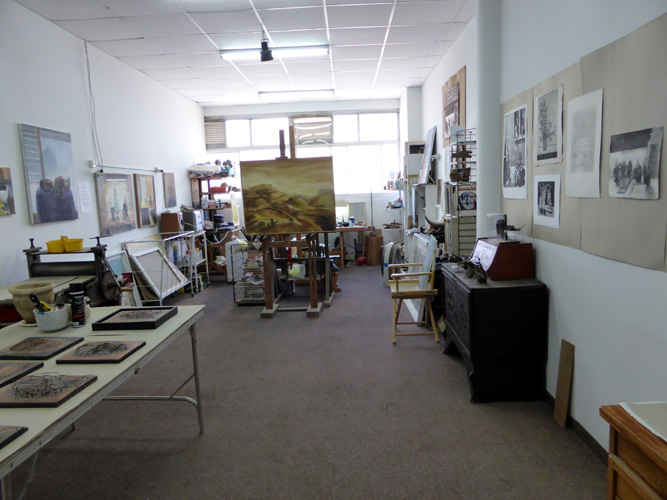
Sidon Rothenberg’s studio in Jerusalem
Last Friday I went to Jerusalem for my regular weekend with my 87-year-old father, who is coping with dementia. It is an ironic twist of fate that during the time that I began to realize that it’s actually possible that I won’t die at a relatively young age like my mother, my father’s physical and cognitive deterioration began, and the prospect of a long life lost some of its luster.
Another irony that is sharpened at my age (soon 53) lies in the understanding that our culture demands that we continually develop professionally, spiritually and intellectually, yet at the same time commands us (in particular the female us) to invest enormous efforts in appearing unchanged physically. The first half of this equation causes me some worry in relation to my artwork: Will I succeed in growing creatively for years to come? Will I keep finding the next subject that will spark my passion? I would suggest rebelling against this requirement, perhaps adopting Egyptian art as a subversive model for art that does not need to reinvent itself incessantly, yet I seem to be a lost cause, as my striving for new growth and learning has become second nature (despite my loyalty to traditional media).
With these thoughts in my mind, it is no wonder that I found myself on the way to the Talpiot industrial zone following the email I received from artist Chana Goldberg: Invitation to an exhibition of the Jerusalem painter Tova Berlinsky, aged 99. Come and be inspired. When I reached the address in the invitation, I walked toward what looked like an artist’s studio. I was immediately welcomed with a smile by Sidon Rothenberg (born 1937) who rents a studio on the same floor as Chana. We met over twenty years ago when I practiced printmaking at the Jerusalem Printmaking Workshop where he works as a master etcher. Although we hadn’t seen each other since then, Sidon even remembered what I was working on at the time, etchings of views from a car window (a theme which coincidentally was featured in my last post).

Sidon Rothenberg in his studio.
I was pleased to have made a wrong turn, since I was moved to see Sidon’s work, and also enjoyed drinking tea with him. My strongest impression from the short visit was great richness and creative joy, motivated without dependence on outward recognition by the art world. The work that I saw ranged from etching
to collage,
to painting inspired by Israeli archaeology,
to his present work, line and color on paper with hidden images that create a dreamlike atmosphere.
According to Sidon, the series is intended to create paintings that have a different time experience for the viewer, who needs to slow down and absorb them gradually, as one listens to music.
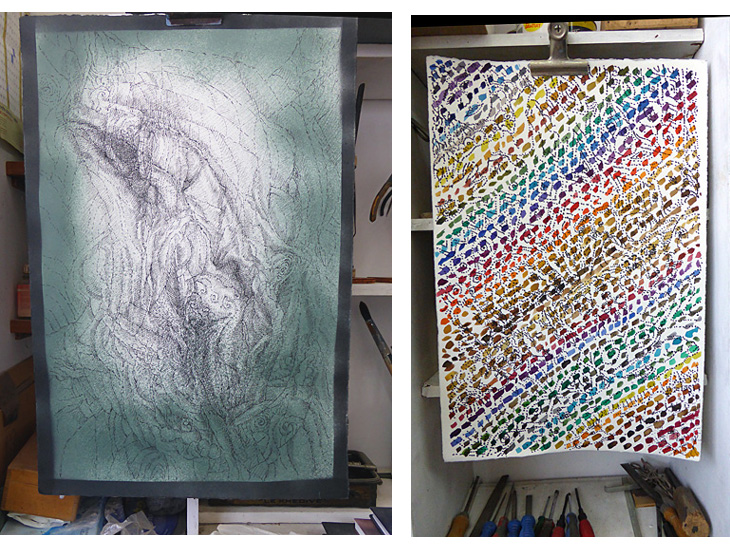
After a while, the sculptor Israel Hadany (born 1941), who works in the adjacent studio, arrived. Another unexpected visit filled me with wonder. Israel, who preferred not to be photographed, showed us a work in progress which combines a large cone shape made of layers of plywood, with a delicate interplay of metal wire and small weights inside. A dialogue between light and heavy structures is created.
On one of the studio walls are shelves filled with small sculptures which he defined not as models for larger works, but rather statements in their own right, which are also interrelated, forming a combined network. In that same spirit, it was impressive to see, hanging on other walls, a myriad of sketches for outdoor works, with no distinction between those that were realized on the ground and those that remain at the idea and drawing stages. The most recent of these is a proposal for a new entrance to the Mt. Herzl, Israel’s national cemetery (created in collaboration with architect Peter Keinan). It’s a shame that this proposal was not accepted, since if it were we would be invited to walk through hanging gardens on our way to the graves.
After these serendipitous delays, I arrived at Tova Berlinsky’s exhibition, a modest three-day homage and sale that took place, as mentioned, in Chana Goldberg’s studio. Though Chana wasn’t present when I visited, she deserves acknowledgement since her hosting of the show is an exemplary initiative of mutual support and generosity stemming from within the artist community.
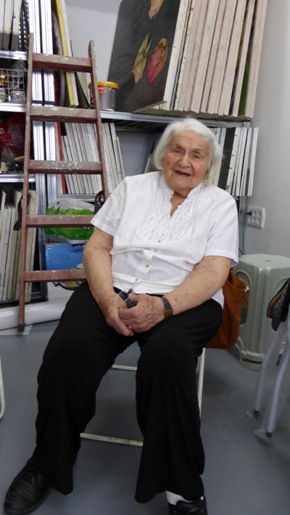
I was fortunate to meet Tova Berlinsky (born 1915) who sat with a circle of visitors for an informal conversation. She was happy to be photographed, but warned me that in photos “I look like I’m 200 years old” (I’ll let you be the judges of the accuracy of that statement).
Tova pointed out a painting completed two weeks previously,
two more from the past year,
And in contrast, expressive paintings from twenty years ago “when I still had use of my legs.”
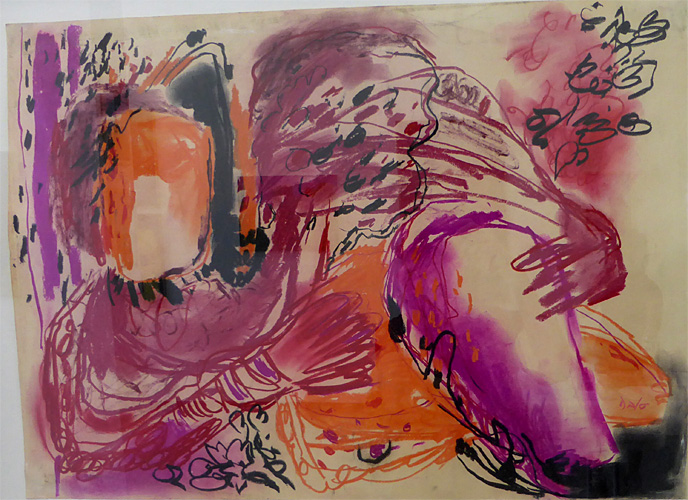
She described the newer work as different from this one in the quiet that emanates from them. I see a simplicity in these new works that albeit characterizes other earlier work by Tova Berlinsky, but at this stage in her life perhaps constitute a late bonding with an elemental clarity. At the risk of being overly symbolic, I add that this bonding joins Sidon’s attempt at extending time in painting and Israel’s hanging cemetery gardens may be read with particular resonance when considering that they are made by three very fertile veteran artists.
Thank you to Sidon, Israel, Tova and Chana. I didn’t mention that this day came at the end of a horrifying week for Israel and Jerusalem, which left me many with a feeling of helplessness in the face of evil and violence. The people and artwork that I met at 19 Yad Haharuzim St. have created an island of serenity and goodness.
Tired and happy I went to spend the weekend with my father.
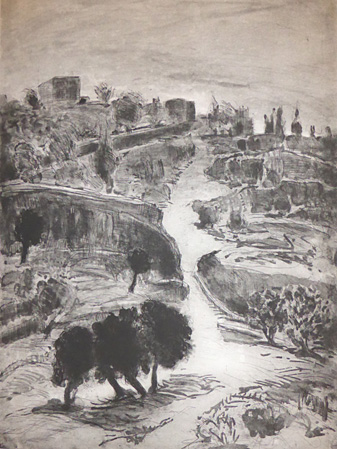
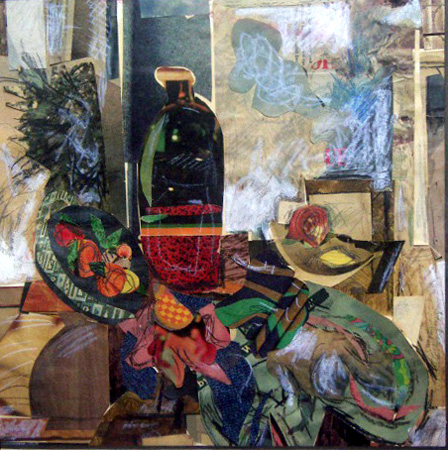
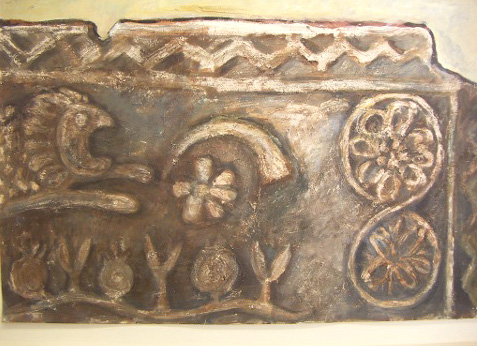
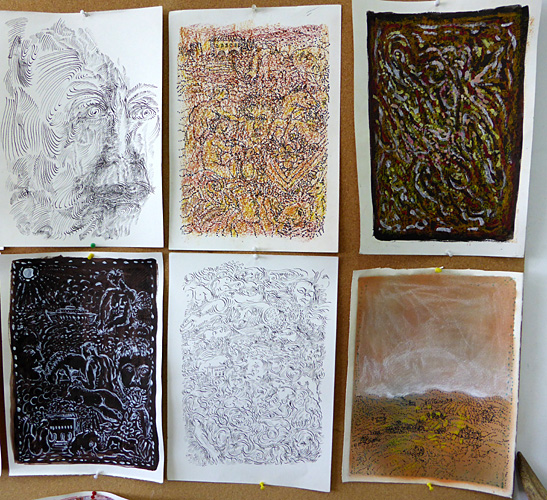
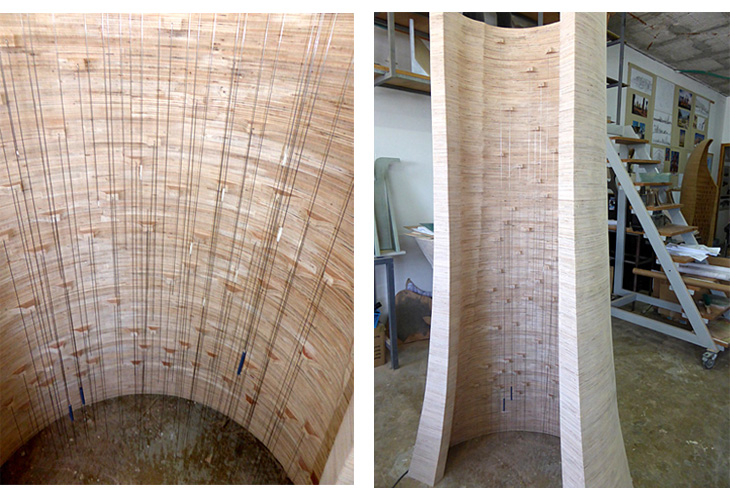
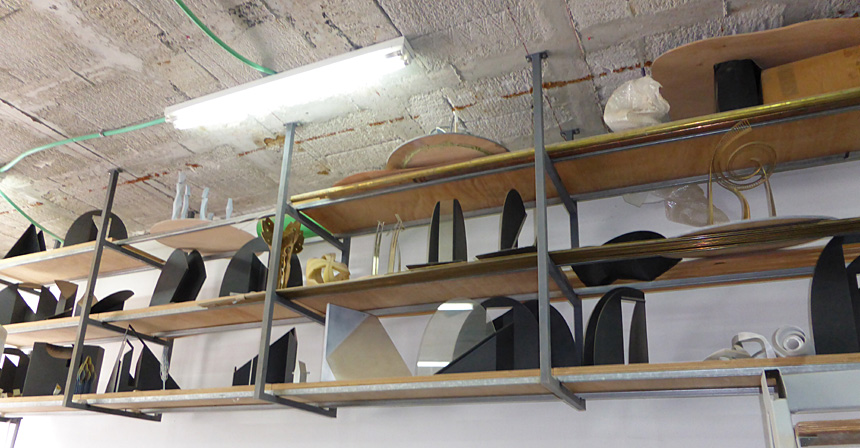
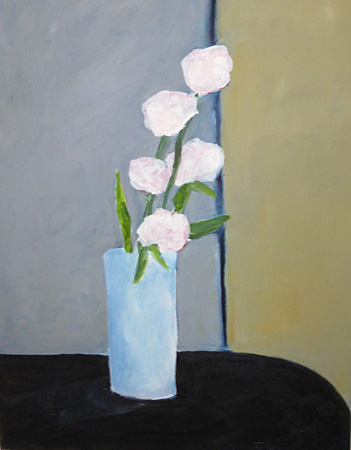
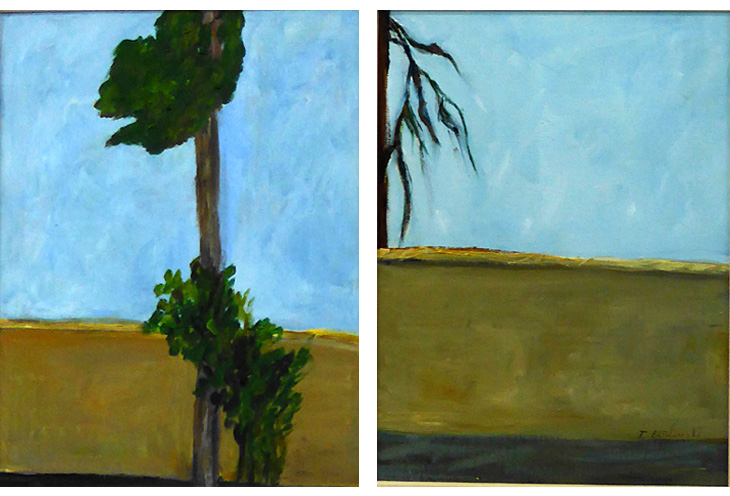
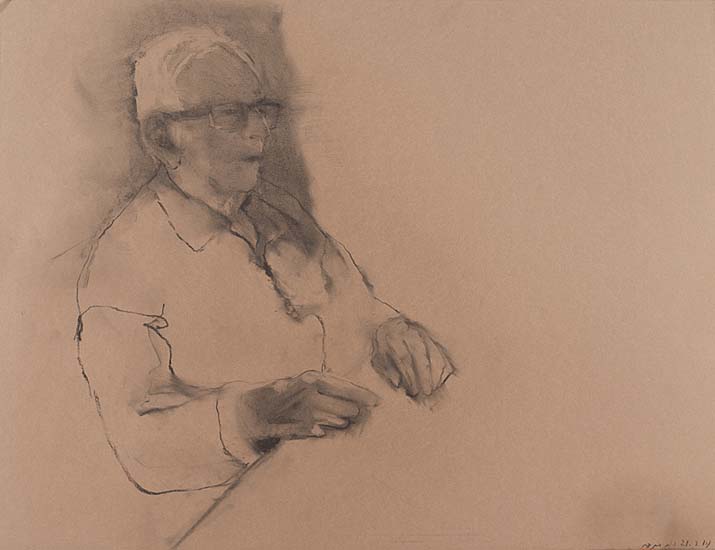
2 Responses to “Love at 99”
wonderful post tying together your dad’s reality, the productivity of the elderly throughout their lives and your internal struggles.
Such a beautiful and moving post. Thank you.
Comments are closed.